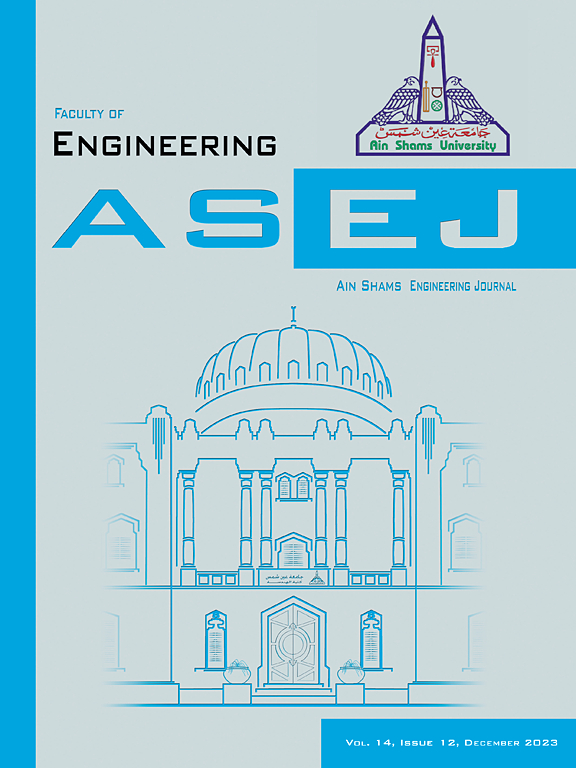Incorporating stochasticity in demands for optimizing resource allocation in versatile edge systems devoid of layer constraints
IF 6
2区 工程技术
Q1 ENGINEERING, MULTIDISCIPLINARY
引用次数: 0
Abstract
While stochastic demand models have been introduced to better capture resource fluctuations, each instance of problem under different architectures needs to be analyzed and solved separately with duplicated work, this limitation motivates research to develop a scalable and adaptive resource scheduling solution capable of handling edge systems with any number of layers. Fortunately, we found that this kind of stochastic scheduling problem combined with sharing has an invariant optimal substructure that is independent of the number of layers, and propose the Placement of Resource in Any layer Edge architecture (PRAE) algorithm. We find an efficient way to solve it by splitting it into multiple subproblem groups and characterizing the relationship between these subproblems as an isomorphic network. We then identify optimal conditions for subproblem groups at different layers, and quickly achieve a solution using dynamic programming. Extensive evaluations show that PRAE improves resource utilization by over 28% compared to average demand models and achieves over 98% of optimal performance across diverse scenarios, with significantly lower computational complexity.
在无层约束的多用途边缘系统中,结合需求的随机性优化资源分配
虽然引入了随机需求模型来更好地捕捉资源波动,但不同架构下的每个问题实例都需要通过重复的工作来单独分析和解决,这一限制促使研究人员开发一种可扩展和自适应的资源调度解决方案,能够处理具有任意层数的边缘系统。幸运的是,我们发现这种与共享相结合的随机调度问题具有与层数无关的不变最优子结构,并提出了任意层边缘结构(PRAE)算法。我们找到了一种有效的解决方法,将其分解为多个子问题群,并将这些子问题之间的关系描述为一个同构网络。然后,我们确定不同层的子问题组的最优条件,并使用动态规划快速实现解决方案。广泛的评估表明,与平均需求模型相比,PRAE将资源利用率提高了28%以上,并在不同场景下实现了98%以上的最佳性能,同时显著降低了计算复杂性。
本文章由计算机程序翻译,如有差异,请以英文原文为准。
求助全文
约1分钟内获得全文
求助全文
来源期刊

Ain Shams Engineering Journal
Engineering-General Engineering
CiteScore
10.80
自引率
13.30%
发文量
441
审稿时长
49 weeks
期刊介绍:
in Shams Engineering Journal is an international journal devoted to publication of peer reviewed original high-quality research papers and review papers in both traditional topics and those of emerging science and technology. Areas of both theoretical and fundamental interest as well as those concerning industrial applications, emerging instrumental techniques and those which have some practical application to an aspect of human endeavor, such as the preservation of the environment, health, waste disposal are welcome. The overall focus is on original and rigorous scientific research results which have generic significance.
Ain Shams Engineering Journal focuses upon aspects of mechanical engineering, electrical engineering, civil engineering, chemical engineering, petroleum engineering, environmental engineering, architectural and urban planning engineering. Papers in which knowledge from other disciplines is integrated with engineering are especially welcome like nanotechnology, material sciences, and computational methods as well as applied basic sciences: engineering mathematics, physics and chemistry.
 求助内容:
求助内容: 应助结果提醒方式:
应助结果提醒方式:


